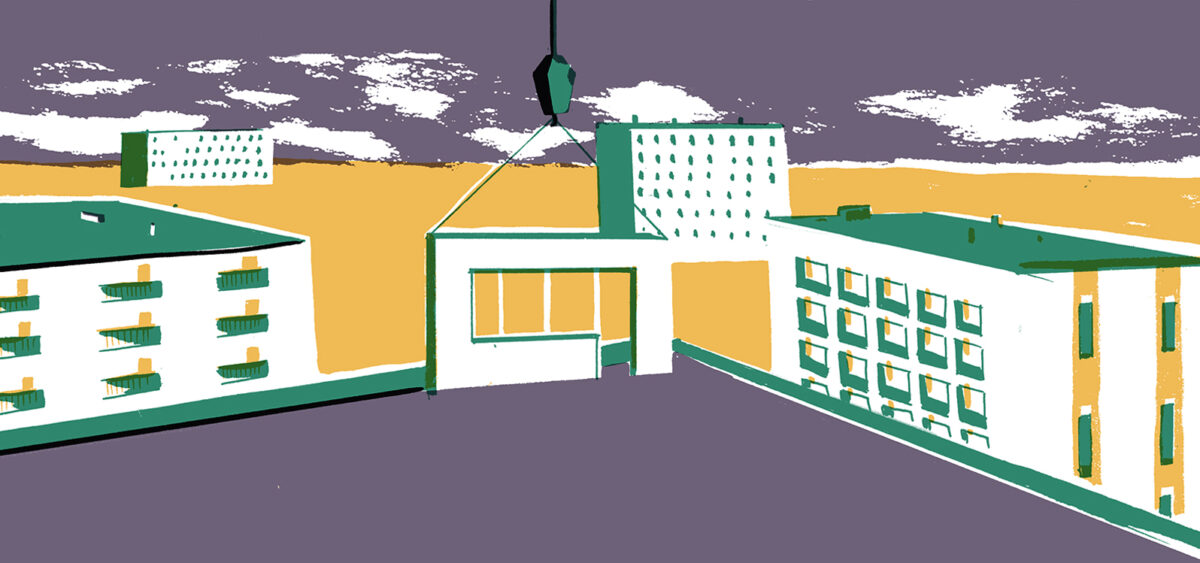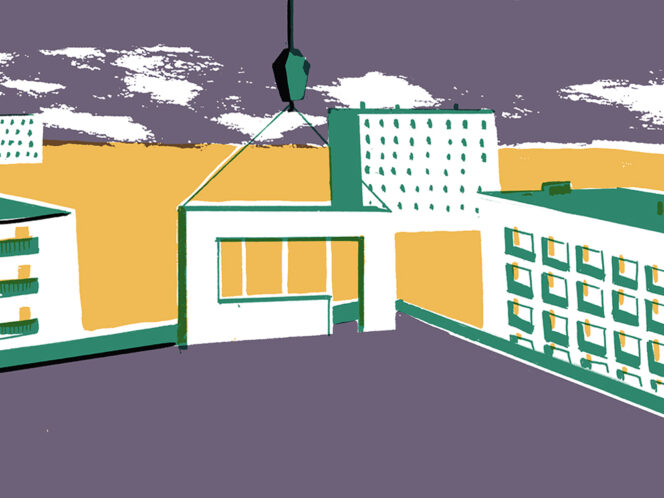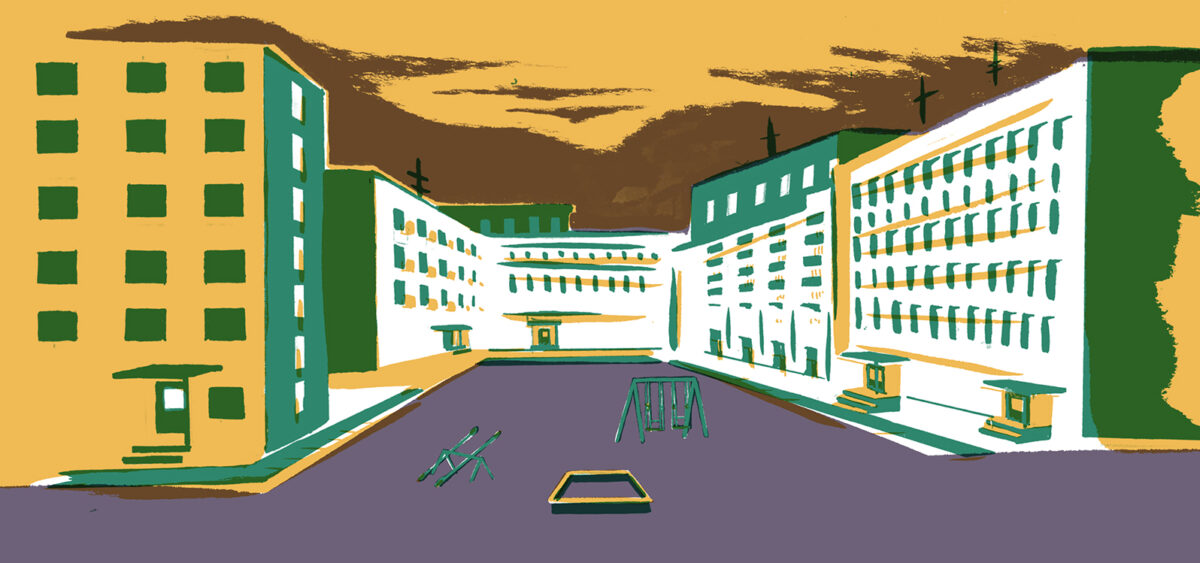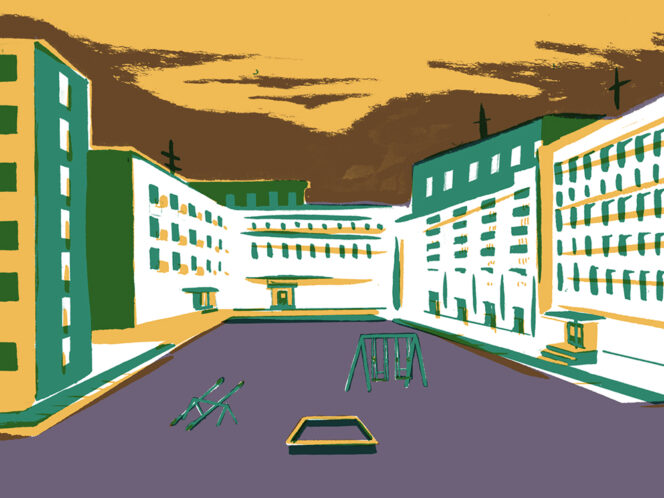
Conceived during the golden years of Yugoslav socialism, New Belgrade’s ‘Blokovi’ were designed to represent a radically modern, new way of living. The endless repetition of concrete blocks had to accommodate as many people as cheaply as possible, but this seemingly strict and cold state project hid all the ingredients for a perfect childhood.
Rarely would one associate grey concrete with warmth and a happy childhood, but these are exactly my first associations when I think of the brutalist buildings of New Belgrade.








